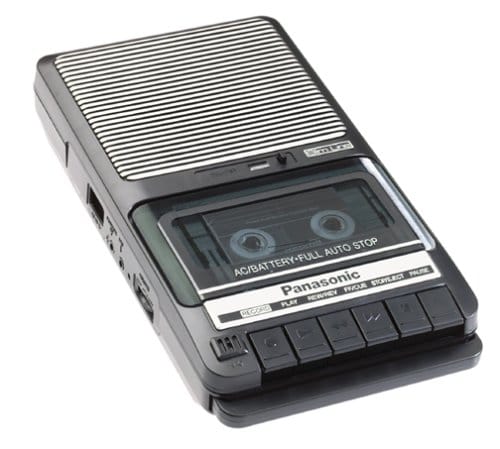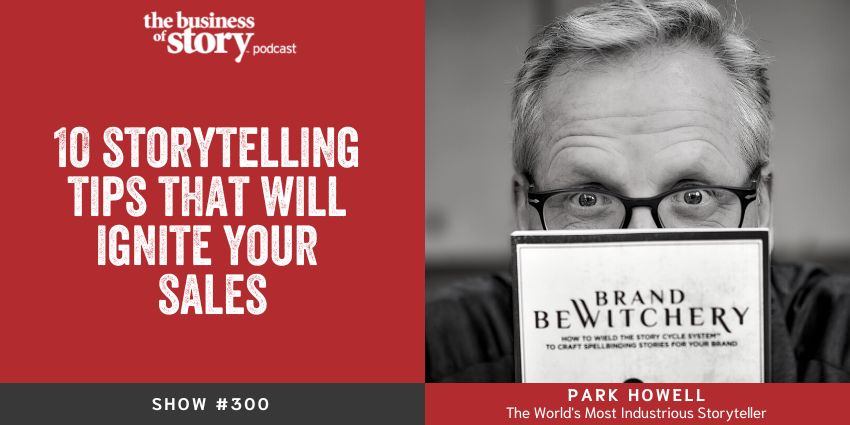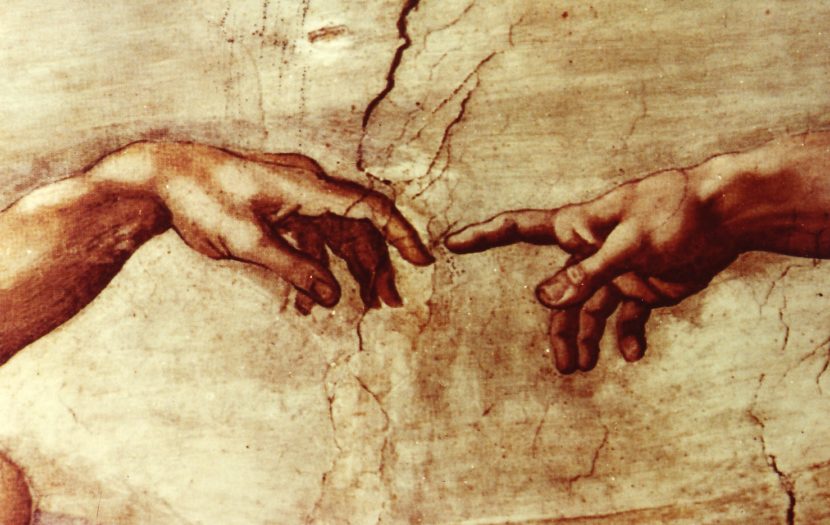I ruined my Christmas when I was twelve. Our mom and dad always hid the presents against the full-length mirror between their master closets in their bedroom. We all knew they were there, my six siblings and I. But for the previous 11 Christmases, or at least the ones I can remember, I never had the guts to peek. My heart was pounding the afternoon I snuck in to see what Santa was going to be bringing.

There it was, stacked amid the Jenga tower of unwrapped boxes, a new Panasonic cassette tape recorder. Exactly what I’d asked for. My folks had delivered, and I had ruined my surprise. But that was the best Christmas ever, because I couldn’t wait to fire up that magical black box.
I became smitten with the theater of the mind by my Uncle Al and his big reel-to-reel tape deck. He sported a flat-top haircut that always stood at attention above his his retaining wall-like WWII marine’s body with tattoos vining up his arms.
Uncle Al said he was one of the first there when we liberated Auschwitz. He’d seen a lot in his days and he’d never seem to let a moment pass without causing something unusual to happen.
One of Uncle Al’s favorite tricks was to puff his Camel cigarettes right down to the nub and then flip it inside his mouth without burning himself. Then, with his lips pursed shut, he’d coax you nearer to see if he’d actually burned his tongue.
He’d flip back out his cigarette, remove it from his mouth and ask you to look inside. If you weren’t wise to him, the next thing you felt, while focused on his tongue, was a sting on your arm as he brushed his still-lit cigarette against your skin.
He was cunning in that way, at once teaching you a lesson about life while also getting a kick out of himself.
What entertained me most about Uncle Al is when he recorded what he called the Diaper Derby on his amazing reel-to-reel tape recorder.
He pretended to be calling a horse race, but it was all of us kids racing each other around the track. I remember sitting there in amazement when he played the recording for us. “Here comes Steve on the outside in his red tennis shoes,” he intoned. “But Tom is driving hard on the inside with Chris right behind him in his stroller. Oh no, it looks like Mike blew a diaper. He’s down.” And so it went. I could see all of it happening in my mind, and I was spellbound, mesmerized by the reels slowly turning in synchronization as his play-by-play transported me to another world.
Years later, when I got my Panasonic tape recorder, I recorded everything. My first Christmas morning production was a skit about going to the bathroom, complete with tinkling pee and a flushing toilet. I was pretty proud of the production value. My mom? Not so much. She thought I might apply my creativity to more “appropriate” material.
When I arrived in the advertising business in 1985, radio was still a major advertising medium. It was my favorite storytelling platform, because with the right story, characters, sound effects and music, you could take a listener anywhere.
 I was inspired by audio artists like Stan Freberg whose characters I grew up listening to on Saturday morning cartoons. Freberg created many satirical albums, including one of my favorites: Stan Freberg Presents the United States of America, a hysterical take on how our great nation was truly founded. For instance, did you know that the first Thanksgiving dinner was supposed to feature roasted eagle as its main dish, but the caterer screwed up so they had to serve a scrawny turkey? That’s how the eagle became our national bird, at least according to Stan. Freberg also had a solid career as an ad guy, and passed away in April 2015.
I was inspired by audio artists like Stan Freberg whose characters I grew up listening to on Saturday morning cartoons. Freberg created many satirical albums, including one of my favorites: Stan Freberg Presents the United States of America, a hysterical take on how our great nation was truly founded. For instance, did you know that the first Thanksgiving dinner was supposed to feature roasted eagle as its main dish, but the caterer screwed up so they had to serve a scrawny turkey? That’s how the eagle became our national bird, at least according to Stan. Freberg also had a solid career as an ad guy, and passed away in April 2015.
Another inspiration of mine was Dick Orkin of Radio Ranch. I would call Radio Ranch acting like a client and order their latest demo reel with all of their greatest radio spots. Between listening to Freberg’s albums and Orkin’s work, I would learn everything I could about owning that theater of the mind with my stories.
I was fortunate to work at a little ad agency in Phoenix at the time that was cranking out a lot of radio spots. Sandy, the owner of Petersen Communications, let me try anything and everything on air for our clients, within reason. One of our clients was Warren Hess who owned Robinett Roofing. Warren loved to be outlandish and he would green light just about anything I brought him.
I think the proudest moment in our client/agency relationship with Robinett Roofing is when KTAR AM called to say we had a pull a spot I wrote about Michael Angelo painting a leaking Sistine Chapel. Apparently this 60-second radio spot hit a nerve. The station got calls from angry nuns, priests and parishioners, as well a vice president at Intel who said the radio commercial defamed Italians. In my mind, the spot was a spoof on the famous painter trying to work in less than adequate conditions; a setting that humanized in a funny way the otherwise heavenly creation. I couldn’t believe the outcry, but I was happy my story was connecting with the listeners. When Warren heard about the outrage, he said, “Double the advertising buy.”
Here’s the spot, circa 1986. What do you think, is it offensive? Certainly probably not by today’s standards.
I spent yesterday pulling out my boxes of hundreds of old radio spots and digitized that ones that I think still stand the test of time given their storytelling. I will share more of them in future posts.
I think radio advertising has lost its luster, because very few advertisers leverage its unique theater of the mind aspects. However, content marketers can learn a lot by studying great radio creative for the compelling stories that place the listener at the heart of the story.
After all, isn’t a good story truly the greatest gift you can give to your audience?
Listen to my Business of Story podcast #300: Ten Storytelling Tips to Ignite Your Sales.













at 8:23 am
[…] love radio, because you can bring amazing stories to life through the theater of the mind. Although it seems to be a lost art in advertising. One of the highlights of my podcasting career […]